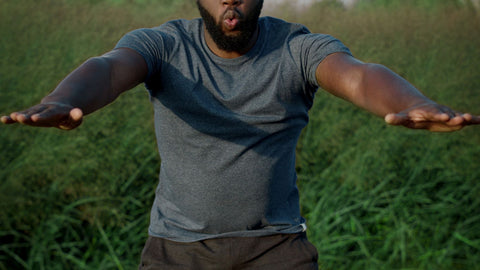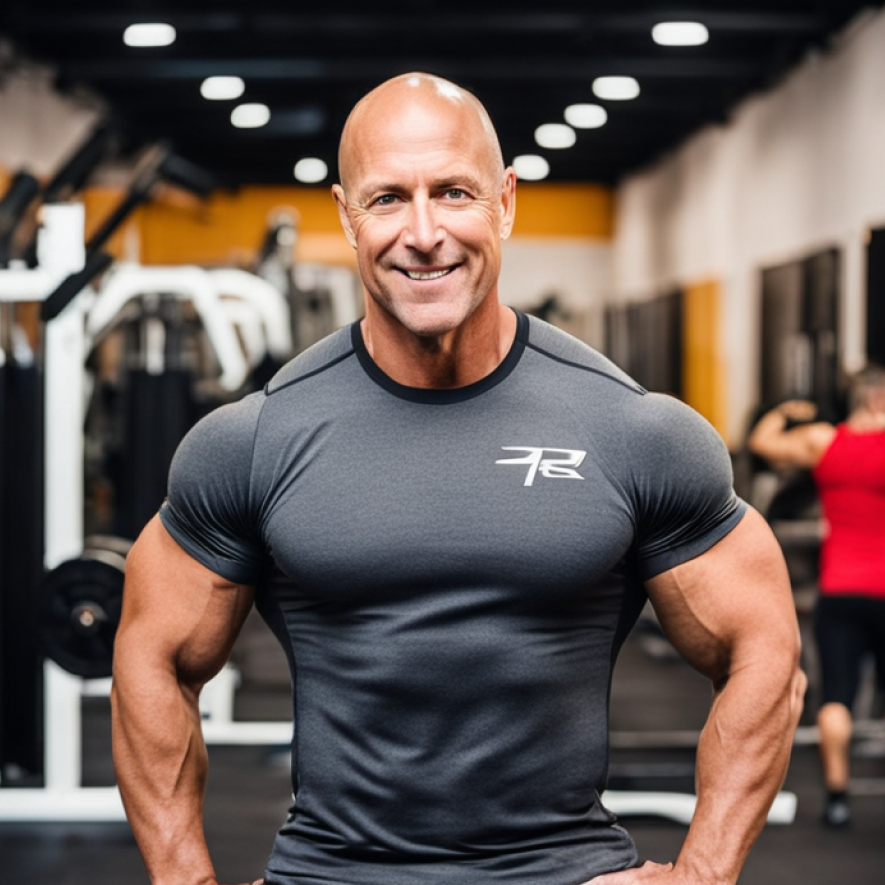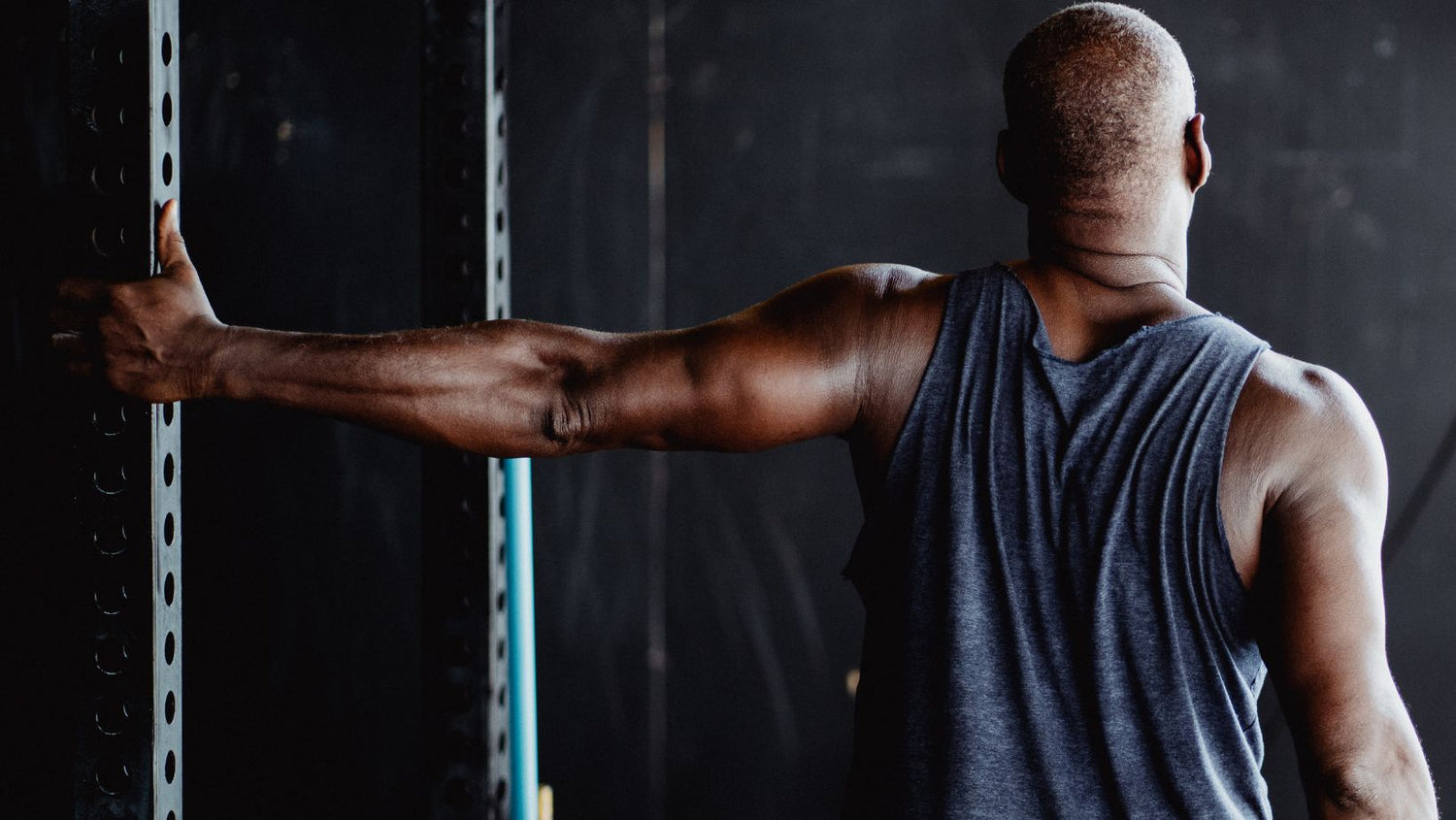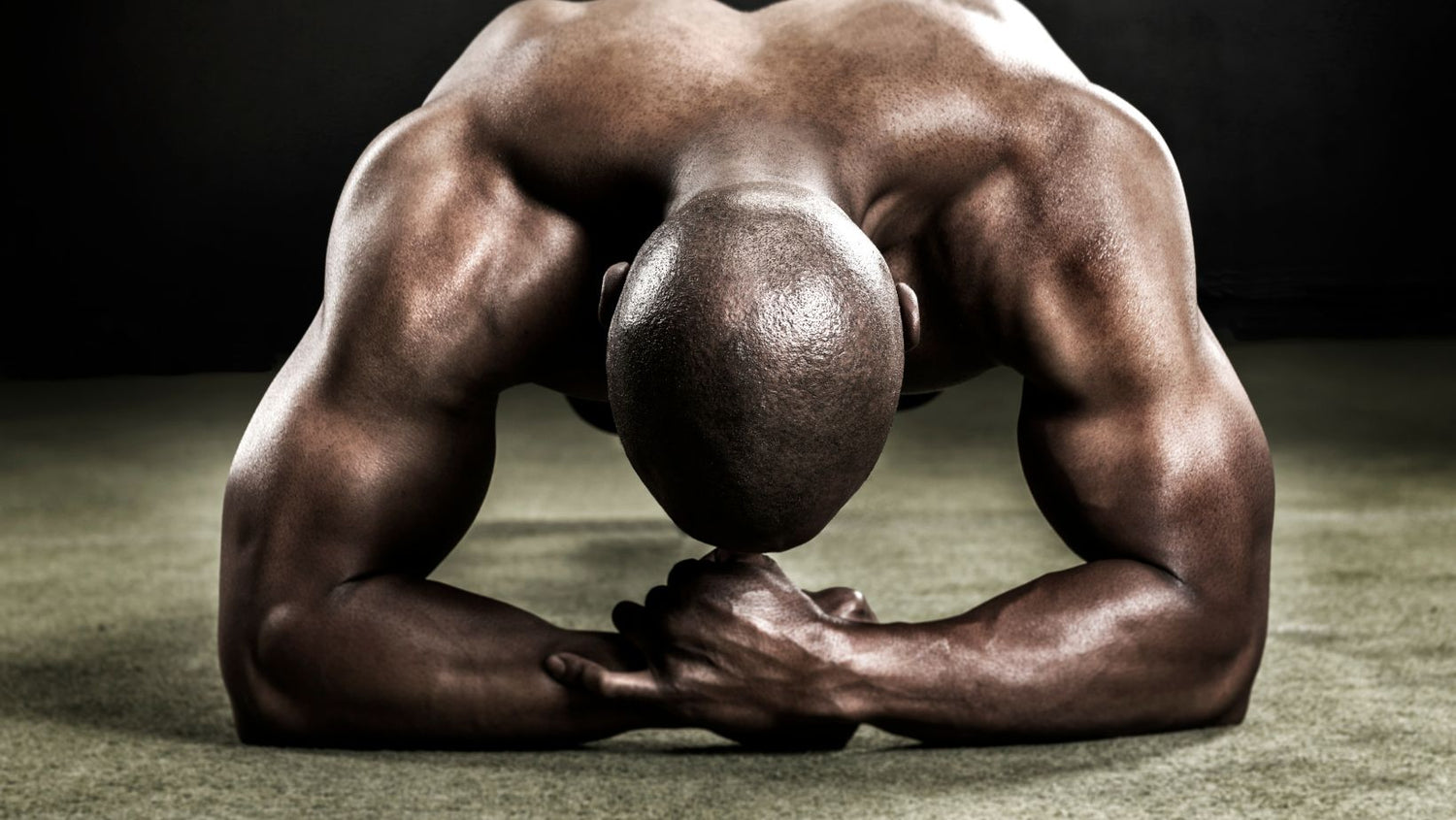Alright, let's talk squats. They're like the rockstars of the gym, pumping up your strength and muscles. But here's the deal - it's not just about nailing that squat form; your breathing game needs to be on point too.
THE BREATHING DANCE
Breathing isn't just the autopilot function keeping us alive; it's a whole process. When you inhale, you're bringing in the oxygen, and when you exhale, you're kicking carbon dioxide to the curb. It's like a gas exchange party, and it's more intricate than it sounds.
Enter the respiratory system, the squad responsible for this breathing symphony. Lungs, diaphragm, airways, and blood vessels - they're the unsung heroes.
MEET THE DIAPHRAGM
This bad boy, the diaphragm, is the muscle maestro. Chillin' below the lungs, it does a funky move, contracting to expand your chest when you breathe in and chilling when you breathe out.
THE LUNG LIFE
Lungs, our OG oxygen factories, are the VIPs of the respiratory system. They not only hook up our lungs but also send oxygen on a road trip through our bloodstream. Carbon dioxide, the party pooper waste product, gets the boot, but if there's too much, it can lead to a headache, fatigue, muscle twitches, and shortness of breath. No one wants that.
BREATHING FOR SQUATS
Now, why does all this breathing science matter for squats? Because the right breathing is like your personal bodyguard against high blood pressure and potential injuries.
DIAPHRAGMATIC BREATHING
Picture this: you're taking a deep breath, not just into your chest but into your belly, engaging the diaphragm and ab muscles. This diaphragmatic breathing jazz can lower your heart rate and blood pressure, making it the VIP pass to a safer squat experience. It's like a breath of fresh air for your muscles during squats.
VALSALVA MANEUVER
Now, here's a heavyweight contender in the breathing ring, especially when lifting big. It's called the Valsalva Maneuver, a.k.a. breath holding. Take a big belly breath, hold it during the lift, and then release the beast after the heavy-duty move.
Why? It cranks up intra-abdominal pressure (IAP), adding muscle to your lift and shielding your lower back. This move is the go-to for heavy hitters doing barbell squats and deadlifts, but watch out for potential side effects like a spiked heart rate and higher blood pressure.
HOW TO DO SQUATS
Squats are the MVPs of functional exercises. But here's the plot twist - many folks get them wrong due to a lack of know-how or shaky muscle strength. Mastering the basics is the key, and there's a step-by-step guide for that.
BREATHE DURING SQUATS

Now, whether you're rocking the foundation or adding some iron to the bar, your breathing game is crucial. A killer breathing pattern ensures more oxygen for your muscles, and happy muscles mean better performance.
Your core muscles are the unsung heroes during squats, and the air in your belly? It's like the stability booster for your core and spine. Here's how to breathe during bodyweight squats:
Inhale deep into your belly, expanding your diaphragm.
Keep that belly air as you drop into the squat for stability.
Exhale as you rise back up.
Rinse and repeat.
Now, when you're upgrading to barbell squats and the weight gets serious, that Valsalva Maneuver we talked about earlier can be your secret weapon.
BREATHE BETTER, SQUAT BETTER
Breathing right during squats isn't just about playing it safe; it's your ticket to form, safety, and stellar performance. If you're new to this breathing party, practice before hitting the gym. After all, the more oxygen, the merrier your muscles. So, breathe deep, squat hard, and let those lungs work their magic.






